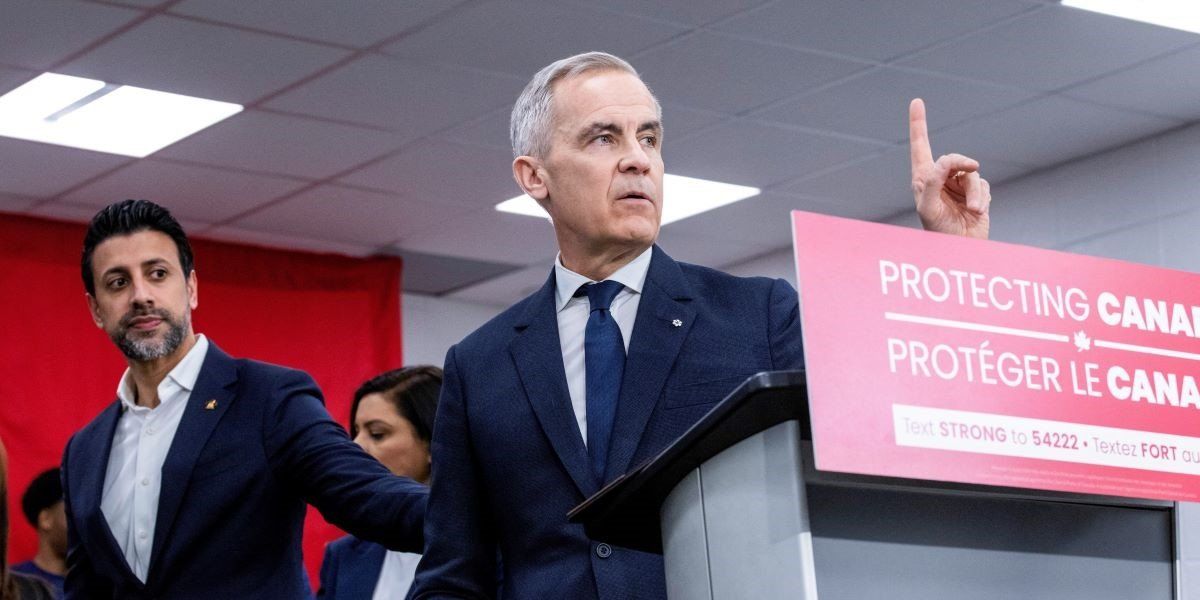On Wednesday, Prime Minister Mark Carneycalled Donald Trump’s 90-day pause on reciprocal tariffs “a welcome reprieve for the global economy.”
It was indeed a welcome reprieve for Canada, which appeared to be at risk of being hit with an additional10% US tariff. As things stand, Canada is subject only to the 25% tariff on goods that are not compliant with existing free trade agreements, and a 10% rate on noncompliant energy and potash exports.
Still, Carney continued to distance Canada from the US, writing in an implicit swipe at Trump that the country must “continue to deepen its relationships with trading partners that share our values, including the free and open exchange of goods, services, and ideas.”
And, on Wednesday night, a 25% Canadian tariff on certain US vehicles and auto parts went into effect, mirroring an earlier Trump levy on the Canadian car industry.
Looking ahead: Carney says Canada’s prime minister, whoever it is after the federal election on April 28, will continue to negotiate with Trump on trade and security.
